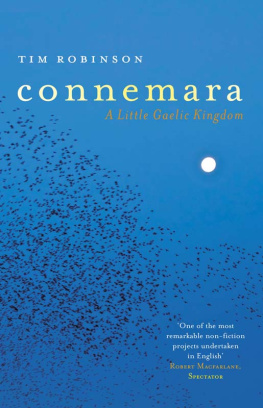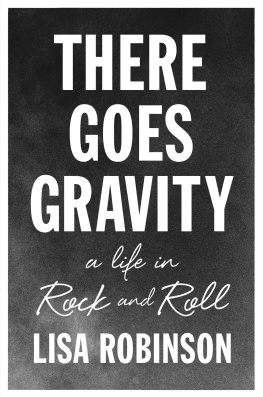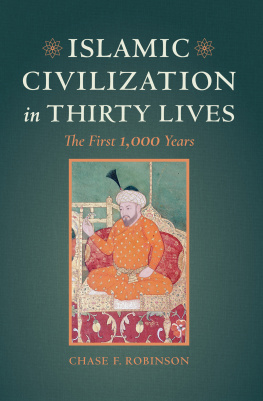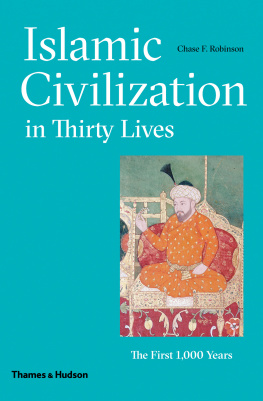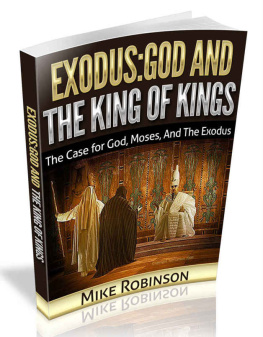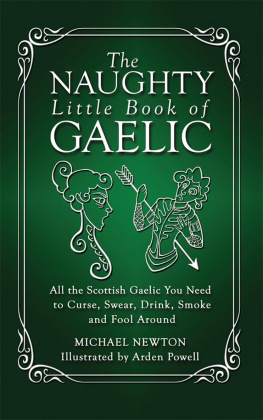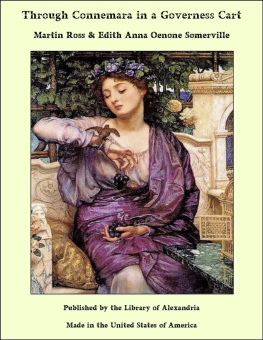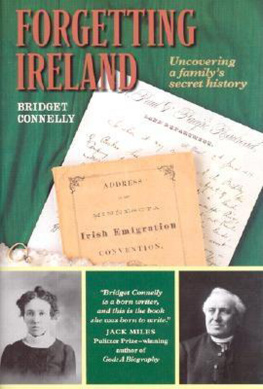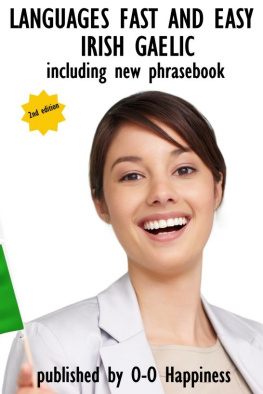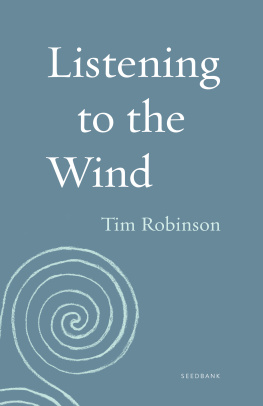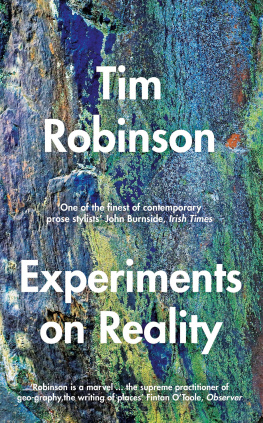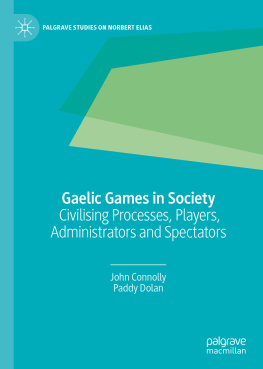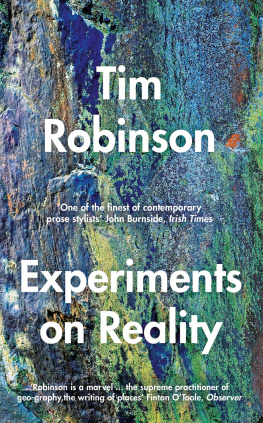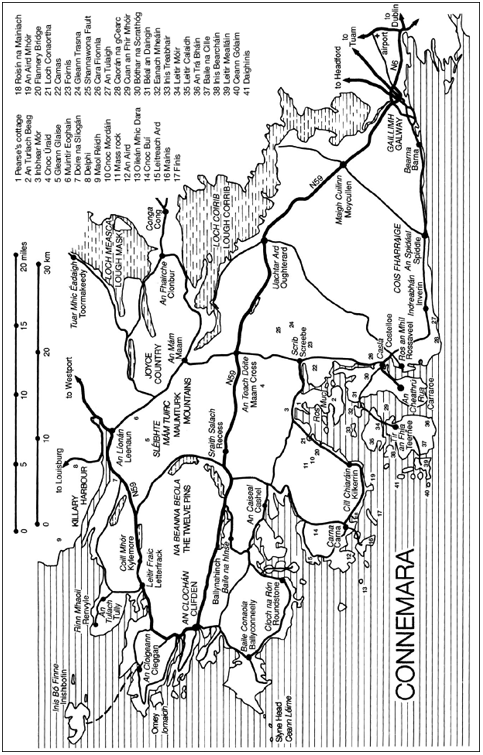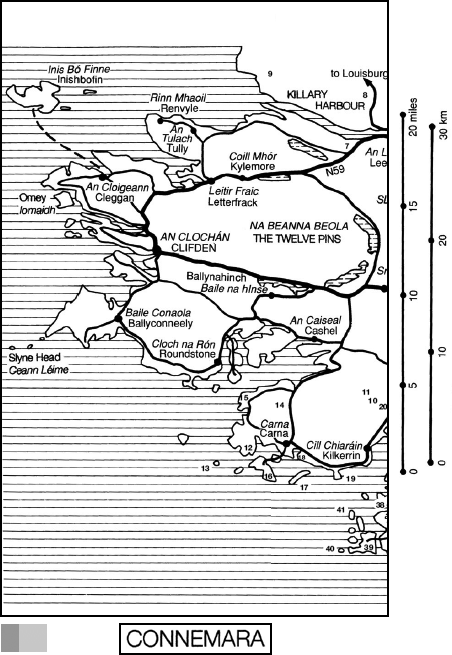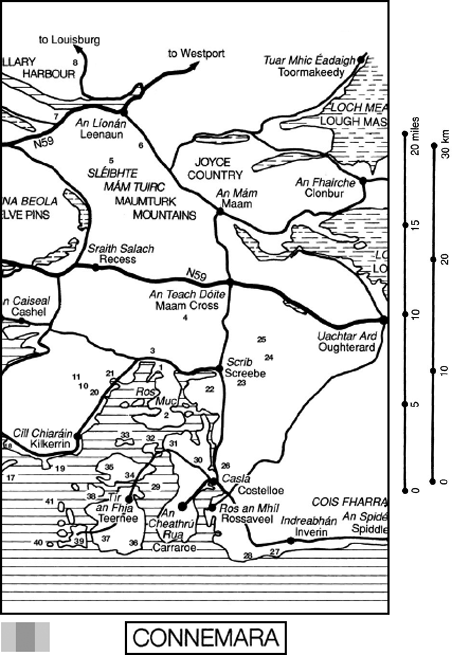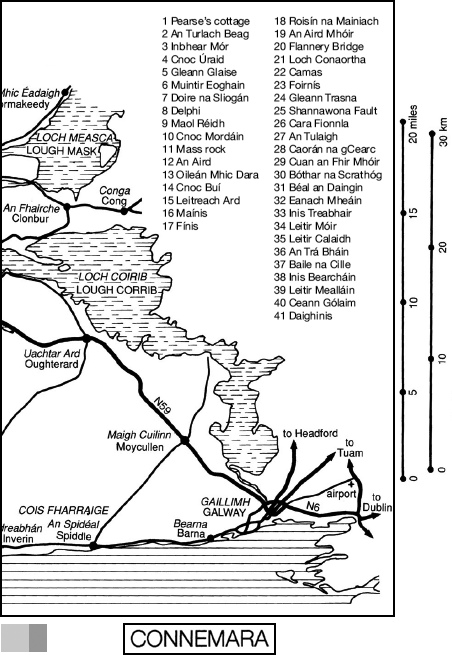By the same author
Stones of Aran: Pilgrimage
Stones of Aran: Labyrinth
Mementos of Mortality: The Cenotaphs and Funerary Cairns of rainn
Setting Foot on the Shores of Connemara
My Time in Space
Tales and Imaginings
The View from the Horizon
Connemara: Listening to the Wind
Connemara: The Last Pool of Darkness
Oilein rann: A Map of the Aran Islands, with a Companion to the Map
The Burren: A Map of the Uplands of North-West County Clare
Connemara: A One-Inch Map, with Introduction and Gazetteer
Connemara
A Little Gaelic Kingdom
TIM ROBINSON

PENGUIN IRELAND
Published by the Penguin Group
Penguin Ireland, 25 St Stephens Green, Dublin 2, Ireland (a division of Penguin Books Ltd)
Penguin Books Ltd, 80 Strand, London WC2R 0RL, England
Penguin Group (USA) Inc., 375 Hudson Street, New York, New York 10014, USA
Penguin Group (Australia), 250 Camberwell Road, Camberwell, Victoria 3124, Australia (a division of Pearson Australia Group Pty Ltd)
Penguin Group (Canada), 90 Eglinton Avenue East, Suite 700, Toronto, Ontario, Canada M4P 2Y3 (a division of Pearson Penguin Canada Inc.)
Penguin Books India Pvt Ltd, 11 Community Centre, Panchsheel Park, New Delhi 110 017, India
Penguin Group (NZ), 67 Apollo Drive, Rosedale, Auckland 0632, New Zealand (a division of Pearson New Zealand Ltd)
Penguin Books (South Africa) (Pty) Ltd, 24 Sturdee Avenue, Rosebank, Johannesburg 2196, South Africa
Penguin Books Ltd, Registered Offices: 80Strand, London WC2R 0RL, England
www.penguin.com
First published 2011
Copyright Tim Robinson, 2011
The moral right of the author has been asserted
Jacket image Peter McCabe / Alamy
All rights reserved
Without limiting the rights under copyright reserved above, no part of this publication may be reproduced, stored in or introduced into a retrieval system, or transmitted, in any form or by any means (electronic, mechanical, photocopying, recording or otherwise), without the prior written permission of both the copyright owner and the above publisher of this book
Typeset by Palimpsest Book Production Limited, Falkirk, Stirlingshire
A CIP catalogue record for this book is available from the British Library
ISBN: 9780141962313
Authors Note
Although it is the last part to be written, A Little Gaelic Kingdom takes second place in the Connemara trilogy, between Listening to the Wind and The Last Pool of Darkness. It is concerned with the Irish-speaking areas, and in writing it I have been reminded again and again not only of the debt I owe to the experts I have consulted in various fields, but of the dozens of people in those hospitable realms who guided me round their own neighbourhoods and kept me going with food, drink and encouragement. In many cases an indication of their contributions will be found in the Sources at the end of the volume. In the following list their names occur roughly in the order they come to mind as I read through my manuscript: Brian Curnin, Arndt Wigger, Helen Spellman, Paul Mohr, Mary Keane, the late Michael OToole, Marie Reddon, the late John Barlow, Donncha hallaithe, Virginia Blankenhorn,Lills Laoire, Ronach U gin, Treasa U Chonaire, the late Anthony Betts, the late Dick Scott, Sgt P. Conghaile, Niall OCarroll, John McDonagh, Richard Fitzgerald, Kieran OHalloran, Angela Bourke, Dith hgin, Phyllis ODonoghue, Samas Concheanainn, Sen Guairim, Michel Conghaile, Michael Gibbons, Eoghan Nill, Josie Gorham, Michel Cuaig, Seosamh Cuaig, the late Pat Sullivan, Mirtn Cathin, Peter Flaherty, Paul Ryan, the late Mchel Bairad, Dnall Mac Giolla Easpaig, Padhraic Faherty, Sen Mainnn, Fr Audley, the late Johnny Chil Mhaidhc, John Donnelly, Fr M. Lang, Martin J. OConnor, Laill Lamb, amon de Buitlar, Derek and Liz Hawker, Pdraig Maoilchiarin, Pdraic de Bhaldraithe, Tom Folan, Toms Maolin, Paul Kerrigan.
Brendan Barrington has edited my text with his customary judicious incisiveness, for which I am truly grateful. I thank the following for permission to quote from various works, as detailed in the Sources: Cathal Luain, Michel Conghaile (Cl Iar-Chonnachta) and Anne Korff (Tr Eolas). I am also aware of how much I owe to people met on the road who gave me some priceless scraps of local knowledge and whose names, regrettably, I failed to note.
In everything to do with language and song Liam Mac Con Iomaire has been a constant and generous support as well as a steadfast friend, and I dedicate Connemara: A Little Gaelic Kingdom to him with gratitude and respect.
TR
MAP 1
Connemara
PART I
Roads to Freedom
Preface
This Road Before Me
One day a hundred years or more ago Patrick Pearse and a friend were contemplating the waters of Galway Bay glistening through a screen of trees. As was usual with him, wrote the friend later on, he seemed inclined to silence, but suddenly he spoke: We could have here a little Gaelic kingdom of our own. The scene was in Cois Fharraige, which means beside the sea, the arm of the Irish-speaking south of Connemara that stretches along the coast towards the city of Galway. But if there had come to be such a kingdom its capital would have been further west, in Ros Muc, where its ruler was to build, write and plot, and to foresee his death.
In his short stories Pearse often used the topography of Ros Muc symbolically, almost as if he could assume that everyone else was familiar with it, as Dante could rest on certain commonplaces about Jerusalem and Rome; this was overweening in Pearse, but the quality of his stories is not negligible and there are of course extraliterary reasons for examining them. So I will begin by locating Ros Muc, the innermost complication of the topographical knot of south Connemara. A low-lying, south-pointing peninsula (ros) some five miles long, pinched into narrows here and stretching out into subsidiary peninsulas there, it has to the north of it a great tract of bogs and hills beyond which the Twelve Pins form the skyline; to its west is a much larger peninsula bearing the villages of Cill Chiarin and Carna and backboned by the long hill of Cnoc Mordin; to the east and separated from it by the narrowest and twistiest of seachannels is the hill of Camas and its hinterland of yet more bare hills; while to the south a proliferation of islands spills out into Galway Bay, some deserted, others, joined to each other and the mainland by causeways, having their own dense network of roads, villages and little harbours.
Theres not a foot of Ros Muc that isnt woven into Pearses writings, as one of his young disciples from that locality was to put it; the phrase he uses is the expressive fite fuaite

